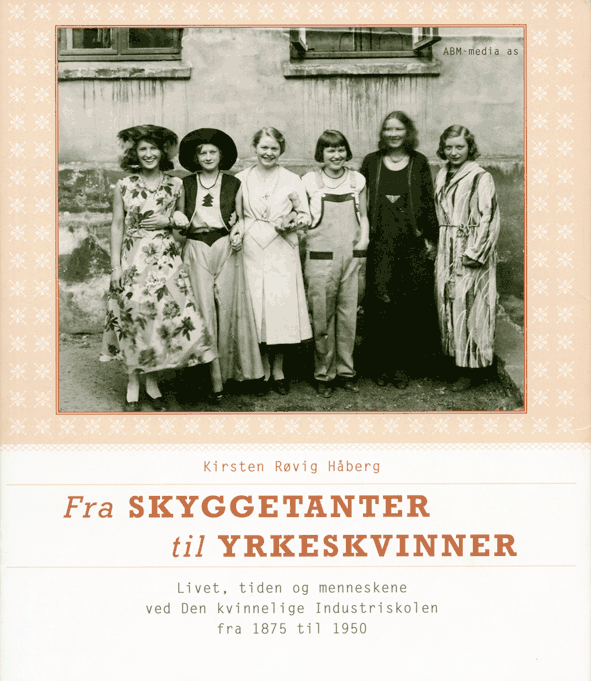Book review: Den kvinnelige industriskole sett innenfra (From spinsters to career women. The life, times and people at the Female Industrial School from 1875 to 1950)
DOI:
https://doi.org/10.7577/formakademisk.508Keywords:
design/ fashion/ gender/ professions/ textilesAbstract
Fra skyggetanter til yrkeskvinner. Livet, tiden og menneskene ved Den kvinnelige industriskolen fra 1875 til 1950 (From spinsters to career women. The life, time and people at the Female Industrial School from 1875 to 1950),written by lecturer Kirsten Røvig Håberg, was published in 2012. The book acts on the Female Industrial School (Craft School for Women), the precursor for the Institute of Art, Design and Drama (EST) Faculty of Technology, Art and Design (TKD) in Oslo and Akershus University College of Applied Sciences (HiOA). Women were educated in textile crafts and the typical feminine orientation of the subjects made it possible for women to make a career in a professional life otherwise dominated by men. I addition to tell stories about students and lecturers at the school, the text treats a general culture historical presentation of fashion and design. The book review deals with the connection between textile crafts and the history of women in addition to reflect on the design of the book.

Downloads
Published
How to Cite
Issue
Section
License
Authors who publish with this journal agree to the following terms:
- Authors retain copyright and grant the journal right of first publication with the work simultaneously licensed under a Creative Commons Attribution 4.0 License that allows others to share the work with an acknowledgement of the work's authorship and initial publication in this journal.
- Authors are able to enter into separate, additional contractual arrangements for the non-exclusive distribution of the journal's published version of the work (e.g., post it to an institutional repository or publish it in a book), with an acknowledgement of its initial publication in this journal.
- Authors are permitted and encouraged to post their work online (e.g., in institutional repositories or on their website) prior to and during the submission process, as it can lead to productive exchanges, as well as earlier and greater citation of published work (See The Effect of Open Access).
- The author(s) must manage their economic reproduction rights to any third party.
- The journal makes no financial or other compensation for submissions, unless a separate agreement regarding this matter has been made with the author(s).
- The journal is obliged to archive the manuscript (including metadata) in its originally published digital form for at least a suitable amount of time in which the manuscript can be accessed via a long-term archive for digital material, such as in the Norwegian universities’ institutional archives within the framework of the NORA partnership.
The material will be published OpenAccess with a Creative Commons 4.0 License which allows anyone to read, share and adapt the content, even commercially under the licence terms:
This work needs to be appropriately attributed/credited, a link must be provided to the CC-BY 4.0 licence, and changes made need to be indicated in a reasonable manner, but not in any way that suggests that the licensor endorses you or your use.



